We all love a good outdoor living space. It’s an instantly relaxing place for conversation, solitude, or even working from home. Plus, bringing nature into your living space is a great stress reliever. But, how can we create this space in a way that is sustainable for the lawn and our patio furniture? Is it okay to put outdoor furniture on the grass? How can we make our outdoor spaces beautiful and functional for years to come? We answer these questions and more. Let’s get started!
Can You Put Patio Furniture on the Grass

Yes, you can. Your lawn is your space and you can do whatever pleases you. But there are some consequences to putting a patio table on grass, for example, and a few reasons why it is not a good idea:
It Risks Damage to Grass
Patio furniture on grass risks damaging the grass. The grass will die where the chairs and tables rest on it, turning it brown and patchy. Killing anything green decreases the aesthetic of your yard and is a bad idea ecologically. Grass keeps dirt in place, preventing erosion. It helps create a living environment for worms and beneficial insects that produce a healthy yard. But if your grass does end up dying, do not worry: you can regrow it or install artificial grass.
It Risks Damage to Furniture
A patio set on grass risks damage to furniture - especially wooden or porous furniture that is affected by mud and moisture. Grass collects dew and furniture materials that retain moisture and could result in moss, mold, mildew, or a buildup of bacteria on your tables and chairs.
The Ground is Not Always Firm
When the soil softens during springtime or wet weather, the backyard patio furniture on grass can sink into the ground and become unstable. The furniture will sink further when sat upon. This will make it hard to get out of the chair and even cause such instability that you topple out!
The Ground is Naturally Uneven
Even if the ground is typically dry and firm, it is not perfectly level. You need a level surface for dining, resting wine glasses, and ensuring a safe and stable place to sit.
At first, these reasons may not seem like a dealbreaker, as the consequences are not immediately apparent. However, furniture for large-scale garden parties, though they may be temporary, could really tear up your yard.
If your backyard seating area on grass is both temporary and minimal, don’t sweat it. But if you want to have it out all year, as most people do, consider the following measures to prevent damage to both your yard and your furniture.
Ways to Protect Lawn Furniture On Grass

Here are some outdoor furniture on grass ideas and the best ways to implement them:
Replace the Grass
To keep a natural-looking aesthetic for patio furniture on grass ideas, you might opt to lay down some mulch, pea gravel, or synthetic grass underneath your furniture. Rip up several inches of grass, make sure the ground is level, lay down weed and gopher barriers, and put down the grass replacement in your patio area. If you opt for gravel, create a subtle barrier so it doesn’t spread into your yard, like wooden planks or mulch beds.
Construct a Deck, Porch, Patio, or Gazebo
If you have the time and resources, designating a separate space for your lawn furniture is an excellent way to protect the grass while adding value to your home. If you prefer a more natural look or want the furniture to be integrated with nature, rest assured that a manufactured structure can be small and does not have to take over your green space. It is in nature’s best interest not to have the furniture kill the grass; the rest of your lawn can be devoted to thriving grass, plants, flowers, and trees. And you can put potted flowers, herbs, and vegetables on the constructed surface.
The average size for decks is 12 feet by 12 feet, with porches slightly smaller. The right size depends on the number of people using it. A simple patio with two chairs and a small table only requires 35 square feet. A larger patio for entertaining will require much more lawn space. A common size for backyard gazebos is 10 feet by 10 feet. Before settling on a size, consider what else you would like besides a table and chairs: perhaps space for a grill, an outdoor heater, a hammock, or even a hot tub.
Adding Wide Feet to Outdoor Tables and Chairs
Put Down a Temporary Cover
If your use of patio furniture on grass is temporary, there are some options to lay over your grass. A sturdy, breathable outdoor rug adds a protective and decorative touch underneath furniture that isn’t too heavy. However, chairs with thin spokes may poke a hole through the rug when used and moved throughout an event.
An outdoor rug is good to put underneath a serving table with wide feet and good weight distribution. (Always select outdoor furniture with wide feet to disperse the weight if you place it directly on grass.) Some breathable outdoor rugs do not harm the grass underneath and are UV-resistant, sweepable, and waterproof.
Alternatively, lay down some plywood or other temporary flooring for a flatter surface that can withstand chair movement. A bamboo rug is sturdier than a fabric rug but still very lightweight and easy to move. These temporary measures are good for renters or if you only plan to use the patio furniture on occasional weekends.
Install Pavers
If you are willing to give up some grass, pavers are a great investment to add value to your property and can last up to fifty years. Whether you opt for brick, stone, or other styles, they create a polished look and a flat surface to rest your tables and chairs. Durable, low maintenance, and easy to repair, a small section of your lawn with pavers makes sense for patio furniture.
The rest can be devoted to all things green and natural, or you can keep up the paver aesthetic with stepping stones to match your driveway. Paving places with high foot traffic makes sense, and it’s something to consider for homeowners.
Rearrange the Furniture & Keep the Ground Healthy
If you decide to keep the furniture directly on the grass and if your patio furniture is lightweight and easily transportable, move the furniture around. This way, the grass underneath has a chance to breathe and to get some sunlight. If you notice grass beginning to brown around the furniture, rearrange it. Plan to do so about once a week.
Additionally, aerate the ground to keep it healthy. Maintaining soil health and moving lawn furniture around are solid strategies for renters who want to keep their grass and furniture in tip-top shape.
Choose the Right Furniture for Your Climate
Select furniture materials that make sense for your patio environment and climate. Thin wrought iron chair legs will quickly sink into the grassy ground and hold in the heat in hot climates. Choosing furniture with a thick base helps spread the pressure more evenly.
Purchase quality furniture that lasts: this will help to prevent weather-induced damage. Shield furniture from the rain and store cushions inside a shed or garage. Note the difference between “weather resistant” and “weatherproof,” and be honest about what you need based on your area's average temperatures, wind, and moisture levels.
For outdoor furniture, powder-coated metal, synthetic wicker, high-density plastic, or treated wood are recommended for their excellent resistance to moisture, mold, rot, and rust.
Shop the Belleze Outdoor Furniture Collection

Want more inspiration for your patio? Browse the Belleze modern furniture collection to find the best selection of modern patio furniture, like the Aegean Aluminum Sofa Set (which distributes weight evenly so your furniture won’t sink into damp, grassy ground). Whether you’re looking to construct a sundeck or just want to add an elegant touch to your outdoor space, Belleze is quickly becoming the leading name in modern, affordable, high-quality furniture.


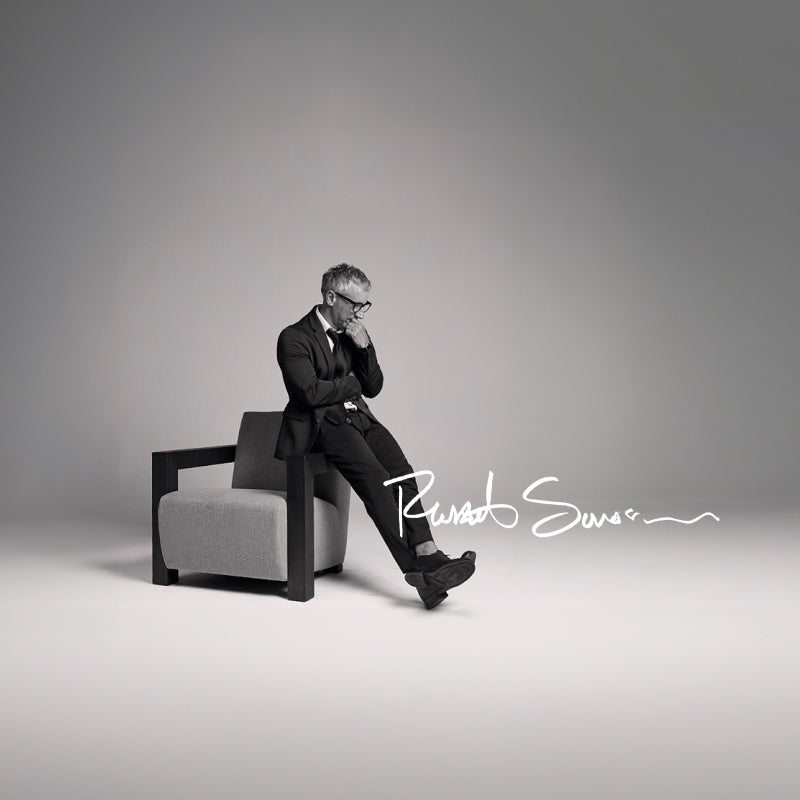
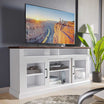
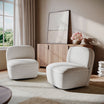
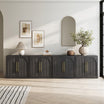
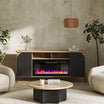






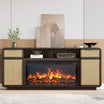

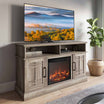
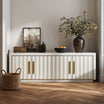

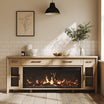
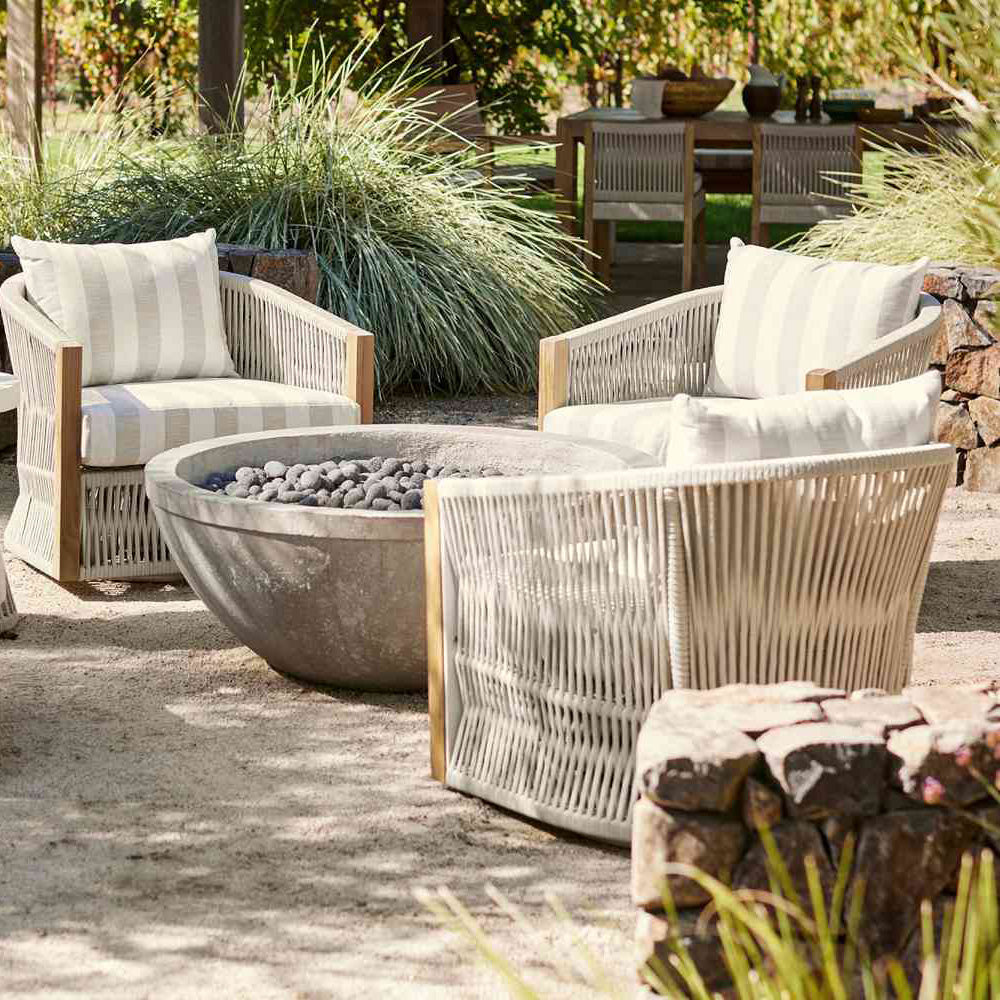

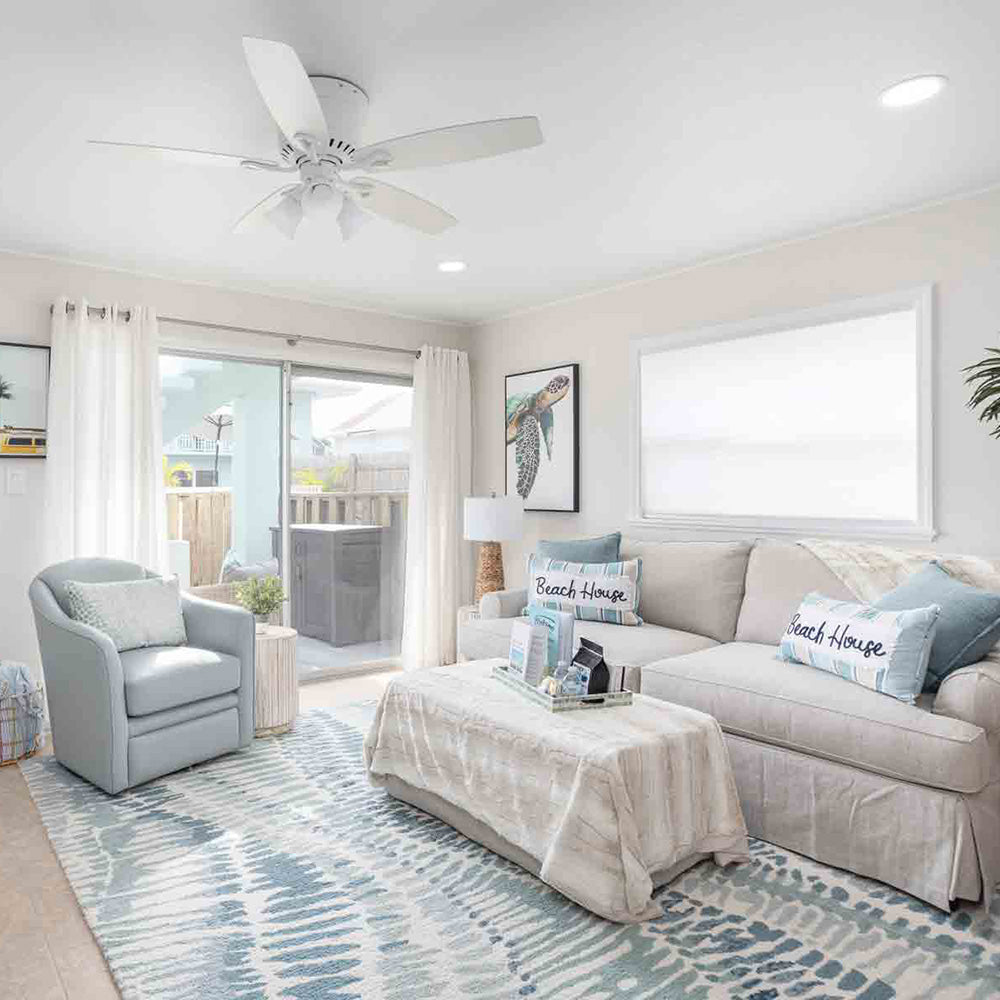
Leave a comment
This site is protected by hCaptcha and the hCaptcha Privacy Policy and Terms of Service apply.